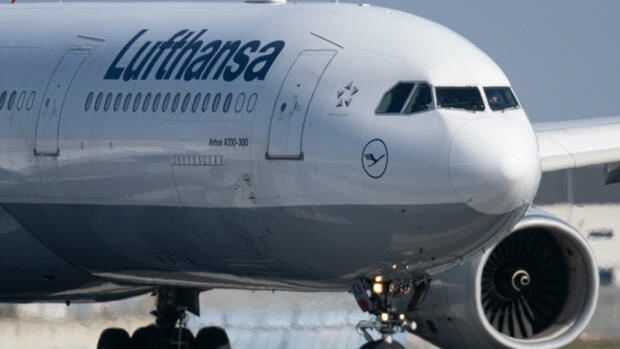According to its spokesman, the airline used around 13,000 tons of SAF in 2022 and plans to increase this amount to around a million tons by 2030.
(Photo: dpa)
Cologne According to the industry association BDL, aviation causes around three percent of global CO2 emissions. Half of these emissions come from six industrial nations: USA, China, Great Britain, Russia, Japan and Germany. Green aviation fuels aim to decarbonize the sector.
Flight providers must add sustainable fuels, so-called Sustainable Aviation Fuels (SAF), to their petroleum-based kerosene. In mid-June, the EU Commission determined that this proportion should be two percentage points per year in the future. The EU Parliament and EU Council still have to agree, but that is only a formality. The rules will then apply from January 2024.
So far, SAF have been based on food crops such as soybeans and beets or on biomass such as animal fats and municipal waste. However, these are not considered emission-free – unlike purely synthetic fuel, which is produced from renewable energies and CO2. Governments and the aviation industry want to use this green fuel themselves on a large scale. However, it is not yet produced on an industrial scale.
Lufthansa is a pioneer of decarbonization
Read on now
Get access to this and every other article in the
Web and in our app free of charge for 4 weeks.
Further
Read on now
Get access to this and every other article in the
web and in our app.
Further
